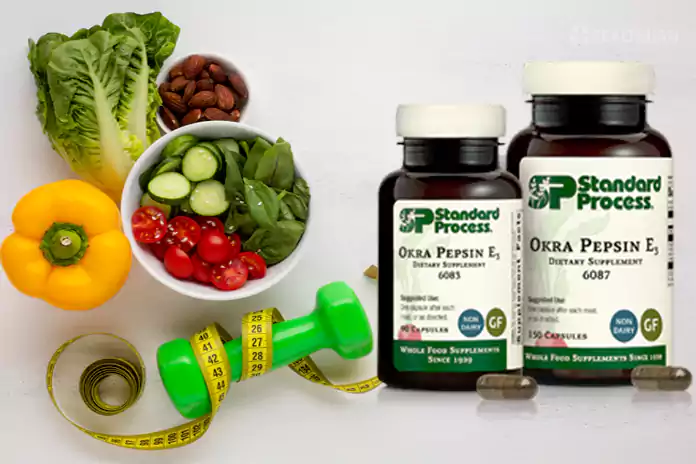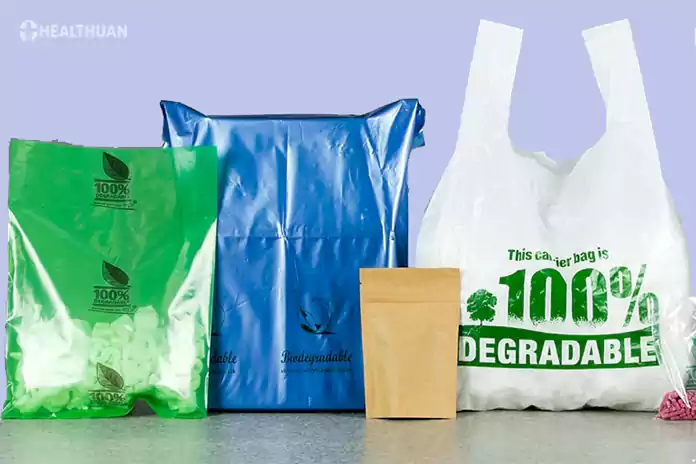In today’s environmentally conscious world, the need for sustainable packaging solutions has never been more urgent. One of the most promising innovations in this field is bioplastic packaging. In this article, we’ll delve into bioplastics, exploring what they are, how they are made, their benefits, and their potential impact on the packaging industry.
Table of Contents
What is Bioplastic Packaging?
Bioplastic packaging is a revolutionary alternative to traditional petroleum-based plastics. These biodegradable materials are derived from renewable sources such as corn starch, sugarcane, or algae. Unlike conventional plastics that decompose for centuries, bioplastics break down naturally, leaving a minimal environmental footprint.
How is Bioplastic Packaging Made?
The production of bioplastic packaging involves several steps:
- Raw Material Extraction: Bioplastics are primarily derived from plant-based sources like corn, sugarcane, or potato starch. These crops are cultivated sustainably, reducing the carbon footprint associated with raw material acquisition.
- Conversion to Polymers: The harvested crops undergo a process that converts the starches into polymers. This step is essential for creating the plastic-like properties of bioplastics.
- Processing and Molding: The polymer is then processed and moulded into various packaging forms, including bags, containers, and films. This process is similar to traditional plastic manufacturing.
- Biodegradable Additives: Some bioplastics incorporate biodegradable additives to enhance their decomposition rate. These additives ensure that the packaging breaks down into harmless substances relatively quickly.
The Advantages of Bioplastic Packaging
Bioplastic packaging offers several significant advantages over conventional plastic packaging:
1. Environmental Friendliness
Bioplastics are renewable and biodegradable, making them a more sustainable choice. They reduce the burden on landfills and have a lower carbon footprint, making them an excellent choice for environmentally conscious consumers.
2. Reduced Dependency on Fossil Fuels
Traditional plastic production relies heavily on fossil fuels. Conversely, bioplastics reduce this dependency by using renewable resources, mitigating the environmental impact associated with petroleum extraction and processing.
3. Versatility
Bioplastics can be used in various applications, from food packaging to disposable cutlery and textiles. Their versatility makes them a viable alternative in multiple industries.
4. Biodegradability
One of the most significant advantages of bioplastic packaging is its biodegradability. When disposed of correctly, bioplastics break down into harmless substances, reducing plastic pollution in our ecosystems.
The Future of Bioplastic Packaging
As the global demand for sustainable packaging continues to rise, the future of bioplastic packaging looks promising. Researchers are continually working on improving the properties of bioplastics, making them more durable and versatile.
Additionally, as consumer awareness grows, businesses increasingly adopt bioplastic packaging solutions to meet the demand for eco-friendly products. This shift is driven by environmental concerns and the desire to attract environmentally conscious consumers.
Read more: The Health Benefits of Compostable Paper: A Sustainable Choice
Conclusion
Bioplastic -packaging represents a significant step towards a more sustainable and environmentally friendly future. Its biodegradability, reduced reliance on fossil fuels, and versatility make it an attractive choice for businesses and consumers. As technology advances and consumer preferences shift towards eco-friendly options, bioplastics will likely play a more significant role in the packaging industry. By embracing bioplastic- packaging, we can contribute to a cleaner and greener planet while still enjoying the convenience of modern packaging solutions.
You Might Also Like The Following:

Waste Not, Want Not: The Secret to Sustainable Food Packaging Disposal

Optimize Your Digestive Health: Standard Process Okra Pepsin E3 Revealed!
People Also Ask:
-
What is bioplastic packaging?
Bioplastic- packaging is an eco-friendly alternative to traditional plastics, made from renewable sources like corn starch or sugarcane and designed to biodegrade naturally.
-
What are the advantages of bioplastic- packaging?
Bioplastic -packaging offers several benefits, including environmental friendliness, reduced reliance on fossil fuels, application versatility, and, most importantly, biodegradability.
-
What is the future of bioplastic- packaging?
The future of bioplastic -packaging is promising as it aligns with the increasing demand for sustainable packaging, driven by advancements in bioplastic properties and growing consumer awareness.

